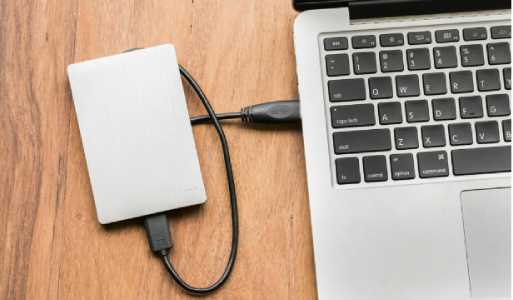When your laptop fails to recognize external devices, it can be a frustrating experience. However, there are several steps you can take to troubleshoot and resolve this issue.

1. Check Physical Connections:
Ensure that the external device is properly connected to your laptop. Verify cables, USB ports, and power sources. Sometimes, a loose or faulty connection can lead to recognition issues.
2. Try Different USB Ports:
Plug the external device into different USB ports on your laptop. Some ports may be malfunctioning, and using an alternate one can help determine if the issue is port-specific.
3. Test the External Device:
Connect the external device to another computer if possible. This helps identify whether the problem lies with the laptop or the device itself. If the device works on another computer, the laptop may require further troubleshooting.
4. Restart Your Laptop:
A simple restart can refresh the system and resolve temporary glitches that might be affecting the recognition of external devices. Ensure the laptop shuts down completely before restarting.
5. Update Device Drivers:
Outdated or incompatible drivers can lead to recognition issues. Visit the laptop manufacturer's website or the device manufacturer's support page to download and install the latest drivers for your external device.
6. Check Device Manager:
Open the Device Manager on your laptop and look for any warning symbols next to USB controllers or the external device. This can indicate driver problems or conflicts. If issues are identified, try updating or reinstalling the drivers.
7. Update Operating System:
Ensure your laptop's operating system is up-to-date. Operating system updates often include bug fixes and improvements that can address compatibility issues with external devices.
8. Disable Power Management for USB Ports:
Some laptops have power-saving features that may interrupt USB connections. Go to the Device Manager, find the USB controllers, right-click, and disable the "Allow the computer to turn off this device to save power" option.
9. Run Hardware Troubleshooter:
Use the built-in hardware troubleshooter on your laptop. This tool can automatically detect and fix issues related to hardware components, including USB devices.
10. Scan for Malware:
Malware or viruses can interfere with hardware functionality. Run a thorough antivirus scan to ensure your laptop is free from malicious software.
If you've gone through these steps and the issue persists, it may be worth consulting the laptop manufacturer's support or seeking assistance from a professional technician. They can provide more specific guidance based on your laptop model and the nature of the external device.